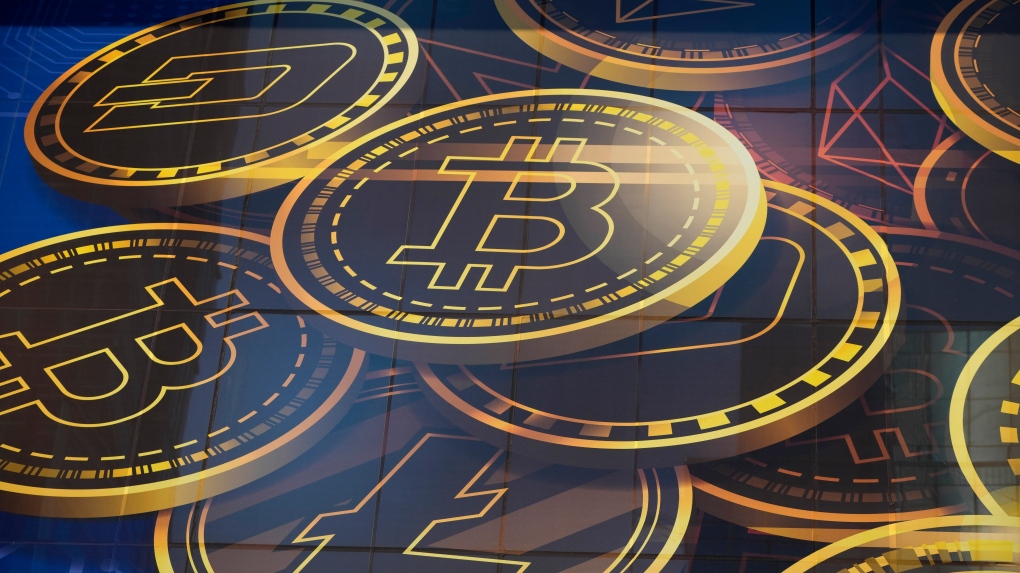Price Delay and Market Frictions in Cryptocurrency Markets
One such challenge is the concept of price delay and market frictions and reliability of cryptocurrency markets.

The world of cryptocurrencies is often heralded for its lightning-fast transactions and the promise of decentralization. However, beneath the surface of this digital financial revolution lies a complex ecosystem rife with challenges. One such challenge is the concept of price delay and market frictions, which can impact the efficiency and reliability of cryptocurrency markets. In this 2000-word exploration, we will delve into the intricacies of price delay, the various market frictions at play, and their implications for the cryptocurrency landscape.
Understanding Price Delay
Price delay, also known as latency or lag, refers to the time lag between the execution of a trade or transaction and the moment when its price is reflected accurately in the market. In traditional financial markets, price delay is a well-documented phenomenon, often attributed to the time it takes for information to propagate through a network of intermediaries, exchanges, and data providers. However, in cryptocurrency markets, price delay is exacerbated by the unique characteristics of digital assets and the underlying blockchain technology.
Several factors contribute to price delay in cryptocurrency markets:
1. Network Congestion
Cryptocurrency networks, especially those with high transaction volumes like Bitcoin and Ethereum, can become congested. When the network is congested, transactions may take longer to confirm, leading to delays in price adjustments.
2. Liquidity Challenges
Some cryptocurrencies, particularly those with smaller market capitalizations, may suffer from liquidity challenges. Limited trading activity can result in wider bid-ask spreads and delayed price discovery.
3. Exchange Infrastructure
The infrastructure of cryptocurrency exchanges varies widely. While some exchanges are technologically advanced and offer low-latency trading, others may experience delays due to technical limitations.
4. Data Aggregation
Cryptocurrency price data is often aggregated from multiple sources. These sources may have different reporting intervals and data feeds, leading to discrepancies in reported prices.
5. Market Fragmentation
The cryptocurrency market is highly fragmented, with numerous exchanges and trading pairs. Price delay can occur when there are disparities in prices across different exchanges.
Market Frictions in Cryptocurrency Markets
Market frictions are obstacles or inefficiencies that impede the smooth functioning of financial markets. In cryptocurrency markets, several market frictions contribute to price delay and other challenges. Let's explore these frictions in detail:
1. Volatility
Cryptocurrencies are known for their extreme price volatility. Rapid price fluctuations can lead to substantial price delay, as traders and algorithms struggle to keep up with market dynamics. High volatility can also deter market participants, reducing liquidity.
2. Regulatory Uncertainty
The regulatory environment for cryptocurrencies varies by jurisdiction and is often uncertain. Regulatory changes or the threat of regulation can disrupt markets and lead to price delays as participants navigate new compliance requirements.
3. Security Concerns
Cryptocurrency markets are susceptible to security breaches, including hacks of exchanges and wallet providers. Security incidents can result in loss of funds and undermine trust in the market.
4. Market Manipulation
Market manipulation is a concern in cryptocurrency markets, given their relative lack of regulation. Practices such as wash trading, spoofing, and pump-and-dump schemes can distort prices and create artificial delays.
5. Scalability Issues
Some blockchain networks, like Bitcoin and Ethereum, face scalability challenges. As transaction volumes increase, these networks may experience congestion and slower transaction processing times, contributing to price delay.
6. Data Inaccuracy
Price data in cryptocurrency markets can be inaccurate due to factors like data reporting delays, discrepancies among exchanges, and limited historical data availability. Traders may make decisions based on imperfect information.
Implications of Price Delay and Market Frictions
The presence of price delay and market frictions in cryptocurrency markets has far-reaching implications:
1. Arbitrage Opportunities
Price delay and discrepancies between exchanges create arbitrage opportunities for traders. Arbitrageurs exploit price differences by buying low on one exchange and selling high on another, helping to narrow price spreads.
2. Reduced Liquidity
Market frictions can reduce liquidity, making it more challenging for traders to enter and exit positions. Limited liquidity can result in larger spreads, increased trading costs, and heightened price volatility.
3. Risk Management
Price delay and uncertainty introduce risks for traders and investors. Managing risk in a market with high volatility and potential price manipulation becomes a significant challenge.
4. Regulatory Scrutiny
Market frictions and concerns related to price manipulation have attracted regulatory attention. Authorities worldwide are considering measures to enhance market integrity and investor protection.
5. Impact on Adoption
Price delay and market frictions can deter institutional and retail investors from entering the cryptocurrency market. These challenges may need to be addressed for broader adoption to occur.
6. Innovation and Solutions
Market participants are continually developing innovative solutions to address price delay and market frictions. These solutions include advanced trading algorithms, decentralized exchanges, and improvements to blockchain technology.
Mitigating Price Delay and Market Frictions
Efforts are underway to mitigate price delay and market frictions in cryptocurrency markets:
1. Blockchain Upgrades
Several blockchain networks are undergoing upgrades to improve scalability and reduce congestion. Ethereum's transition to Ethereum 2.0, for instance, aims to address scalability issues.
2. Regulatory Frameworks
Regulators are working to establish clear and comprehensive regulatory frameworks for cryptocurrencies. This includes measures to combat market manipulation and enhance transparency.
3. Advanced Trading Tools
Market participants are developing advanced trading tools and algorithms to navigate price delay and capitalize on arbitrage opportunities.
4. Decentralized Finance (DeFi)
The rise of DeFi platforms aims to create decentralized alternatives to traditional financial services. DeFi protocols often operate on blockchain networks with lower latency, reducing price delay.
5. Education and Awareness
Educational initiatives and increased awareness of cryptocurrency risks can help traders and investors make informed decisions and manage risk effectively.
The Future of Cryptocurrency Markets
The cryptocurrency market is still in its nascent stages, and price delay and market frictions are part of its evolutionary process. As the market matures and regulatory frameworks become clearer, it is likely that some of these challenges will diminish.
However, it is essential to recognize that cryptocurrencies may never completely eliminate price delay and market frictions, as they exist to varying degrees in all financial markets. What matters is how the cryptocurrency ecosystem adapts and innovates to mitigate these challenges and provide a more reliable and efficient trading environment.
As cryptocurrency markets continue to evolve, it is crucial for participants, regulators, and developers to collaborate in addressing price delay and market frictions. The ability to strike the right balance between innovation and market integrity will determine the long-term success and sustainability of the cryptocurrency ecosystem. In this dynamic landscape, adaptation and resilience will be the keys to overcoming the hurdles of price delay and market frictions.
What's Your Reaction?


















